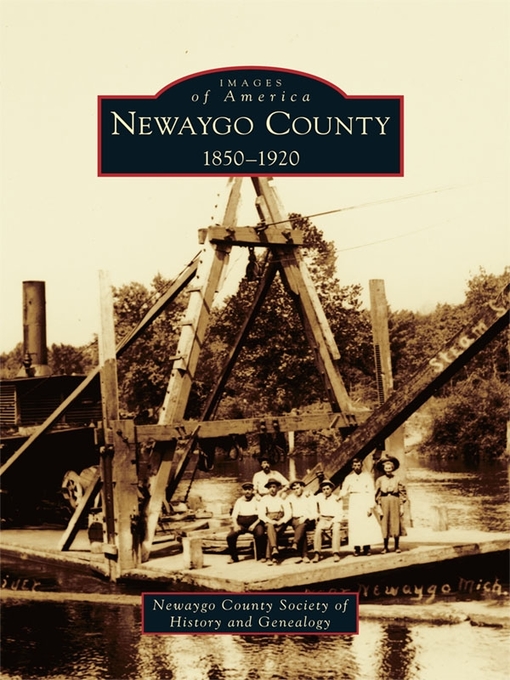Pioneers in Newaygo County were motivated by the call of adventure and a chance to make a fortune in the vast wilderness. The first settlers came to lumber the virgin white pine that grew in the Newaygo forests. The Muskegon River flowed through the region and, along with the White River and many creeks and lakes, offered a major waterway to float logs to Lake Michigan. As early as 1837, Newaygo loggers were floating logs to market, becoming large contributors to the lumbering industry. Lumber from Newaygo County was used to rebuild Chicago after the Great Fire of 1871. In 1851, legislature gave Newaygo independence to form a county and Newaygo County entered a growth spurt that continues to this day. With the coming of the railroad in 1872 and a rapid increase in population, small settlements started popping up. As areas became logged out, many of these settlements died and have been long forgotten; many others remained and thrive today. Newaygo County: 1850-1920 preserves the history of these settlements and the people who built them.
- Available now
- New eBook additions
- Try something different
- Most popular
- New kids additions
- New teen additions
- See all
- Available now
- New audiobook additions
- Try something different
- Most popular
- New kids additions
- New teen additions
- See all
- News & Politics
- Home & Garden
- Business & Finance
- Health & Fitness
- Fashion
- Food & Cooking
- Crafts & Hobbies
- Tech & Gaming
- Sports
- Family & Parenting
- Celebrity
- Cars & Motorcycles
- Travel & Outdoor
- See all

